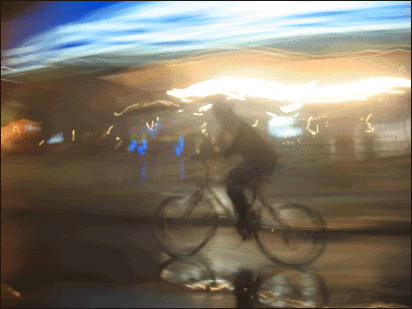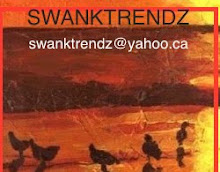
On a cold late-December afternoon, I went for a bike ride along the Vancouver False Creek seawall. Stopped for a smoke, looked around, and found a surprising piece of public art in front of me. A sequence of metal words, bolted to the fence between me and the sea, in both English and what appeared to be a First Nations language. I started to read, and soon found myself reaching for my notebook and pen.
This section of seawall is a promenade with separated cycling and walking paths, built as frontage for a rampart of condo towers. This area was a toxic post-industrial wasteland 20 years ago, and most of the current condo-tower infill has been built within the last five years.
This city’s red hot real estate market has led to much consumer speculation in those years, with people lining up by the hundreds (if not thousands) to buy a slot in one of those towers, with no plan to actually live there, but rather sell it in a year or so at great profit. Around here there are worse strategies to make money, and many people have indeed realized great profits by riding this boom.
It does, however, lend a rather temporary feel to what’s been constructed. There are many boutique bistros and coffee outlets at ground level, but not much else. Tellingly, this particular area is becoming known as “Falsetown,” given its location on False Creek, and because there is no apparent sense of community there, apart from a transitory one built on cost per square foot and resale value.
No one I know wants to live there, but cyclists use it because it provides a car-free route from point A to point B, although it’s a route defined by convolution, and often clogged by dog walkers.
The city requires real estate developers to devote a tiny percentage of their overall budget to public art, and this is what I was seeing here:
Greetings good you arrive here where light be under land
Future it be now
Here you begin live like new
Come to time where people talk different but good together
If you heart mind open you receive new knowledge
You have same like electric eye and heart mind and talk sound
You live fast like light
See talk be here there and everywhere at one time
Us make this community good indeed
You not afraid here
Here you begin live like chief
World same like in your hand
“You have same like electric eye?” What does this mean? Who made this? I went over to the condo developer’s office and asked. They called me the next day (people will tell you a lot if you just ask them to), and directed me to the City of Vancouver’s web site, Public Art section.
There I found that the artist’s name is Henry Tsang, that he was born in Hong Kong and raised in Vancouver, and that what I thought was a First Nations language was actually an almost extinct 19th century pidgin called Chinook Jargon.
The artist states:
Welcome to the Land of Light is a contemporary monument to the relationship between those who have lived on the False Creek waterfront and those who will arrive in the future to call this area their home. For the artist, this public art project is about the concept of home, the building of community, and with the aid of interactive fibre-based technology, the creation of a new world to experience.
“Interactive fibre-based technology?” Yes, indeed. There’s a thin ribbon of fibre-optic cable embedded in the concrete beneath the aluminum railing. If you view the piece at night, this ribbon glows and slowly changes colour.
... where light be under land ...
Here (where light be under land, where people talk different but good together) we’re still waiting for those who will arrive in the future to call this place their home. The installation of this piece that “addresses the concept of home and the building of community” on the artificial Falsetown seawall is an interesting gesture from a very clever artist.



No comments:
Post a Comment